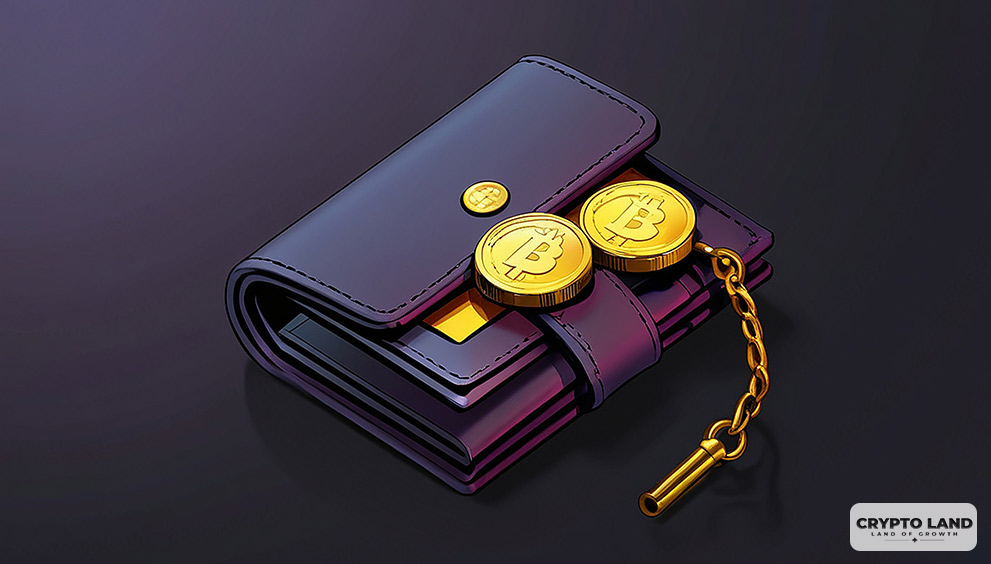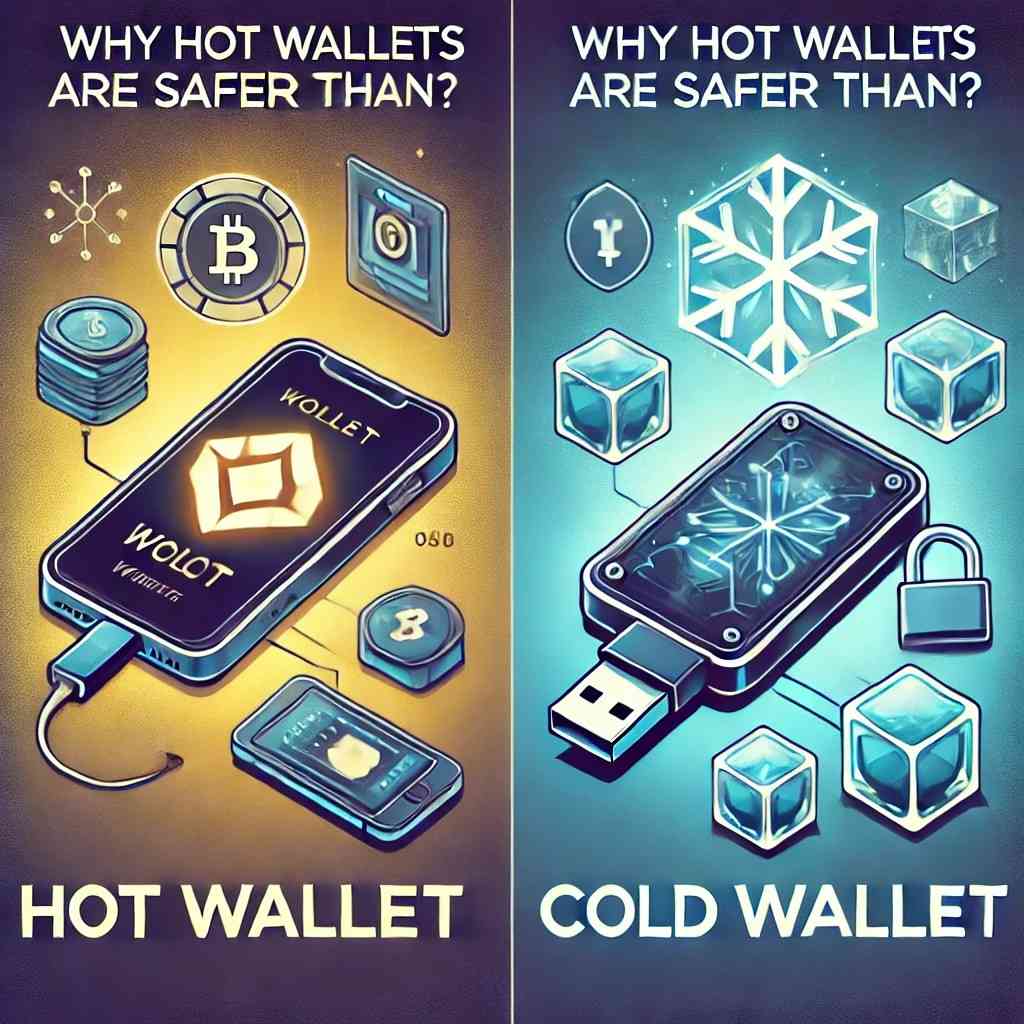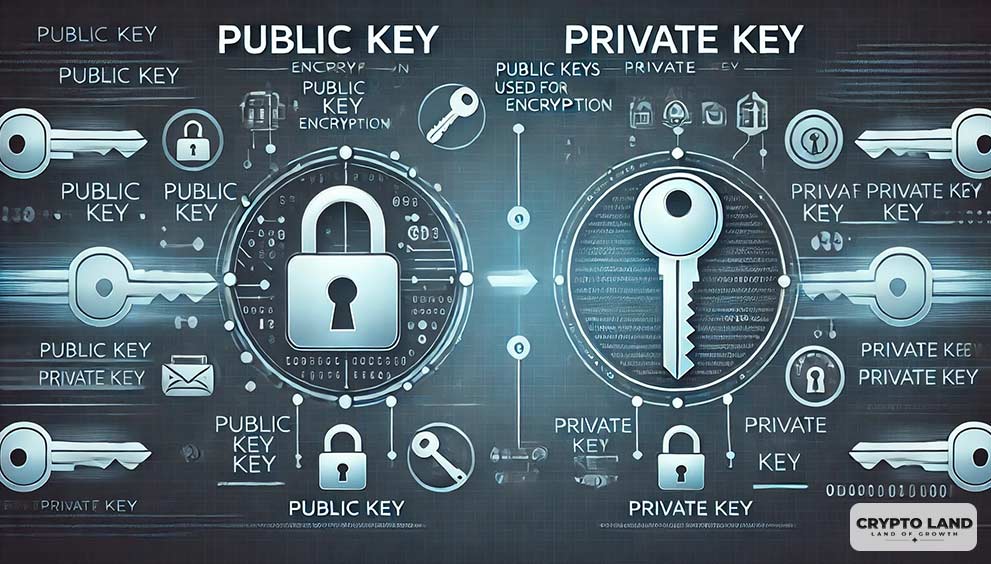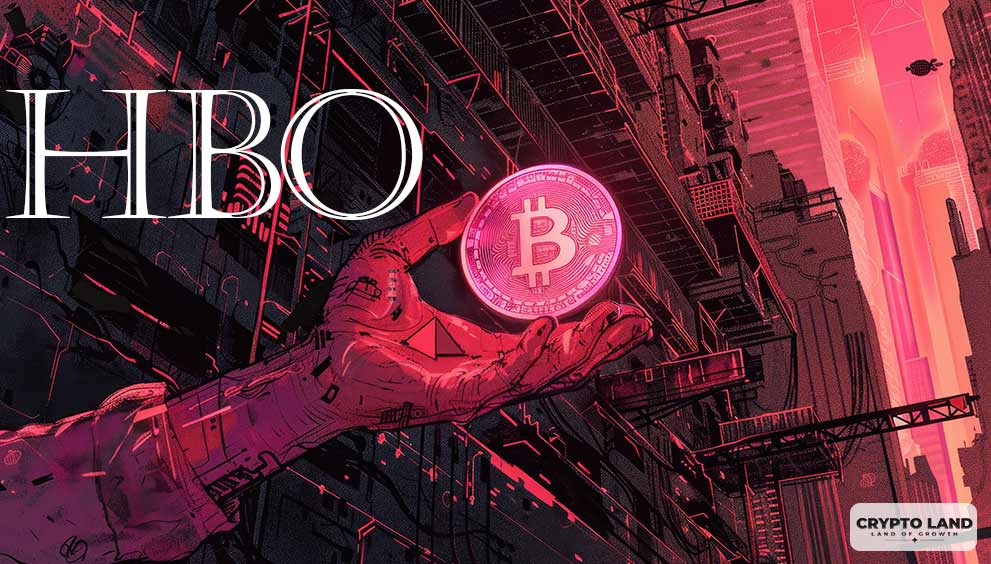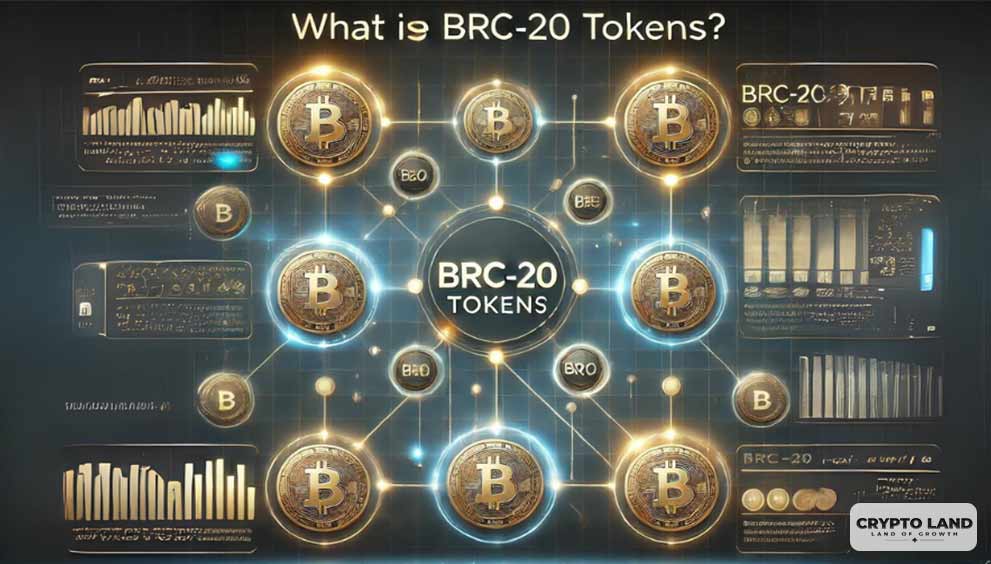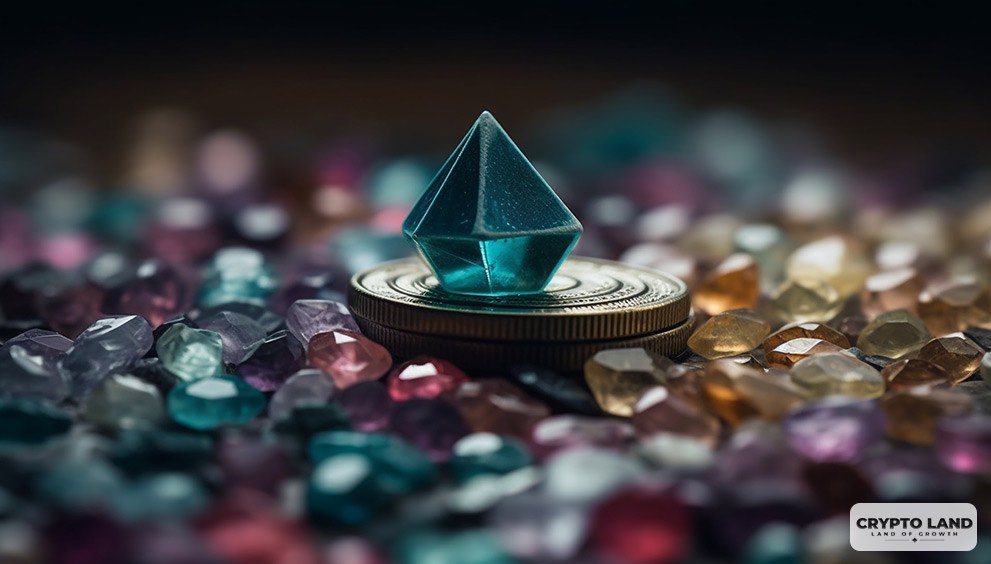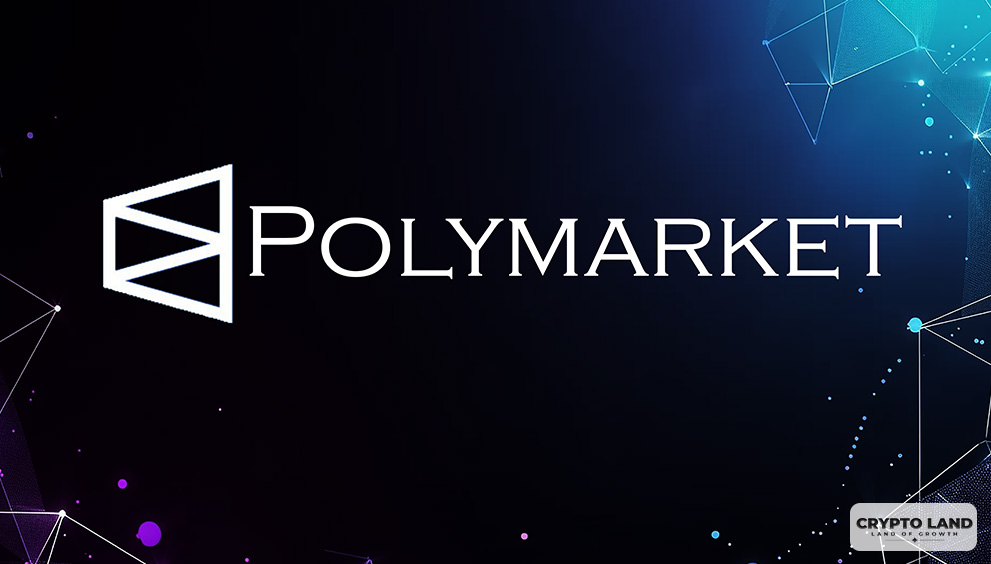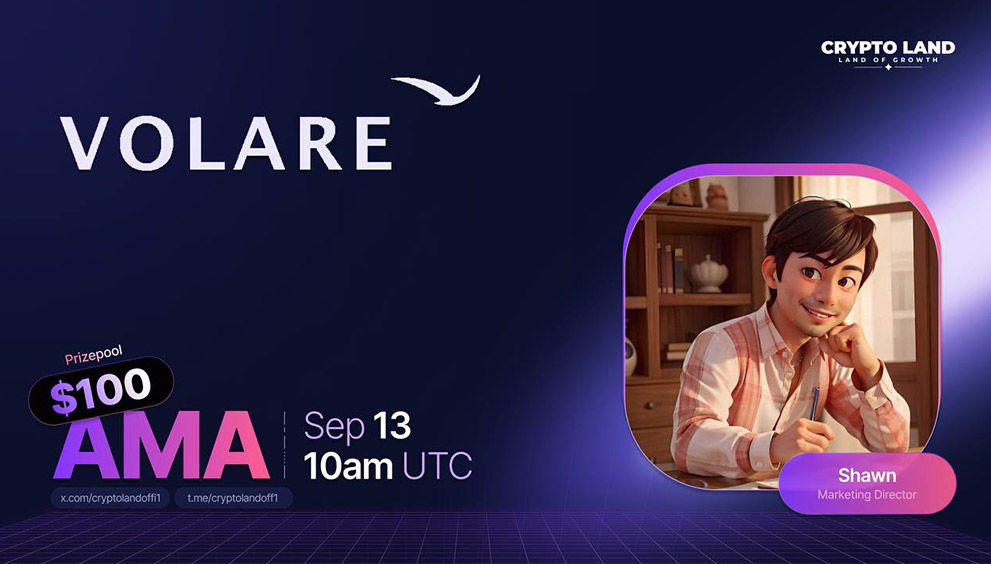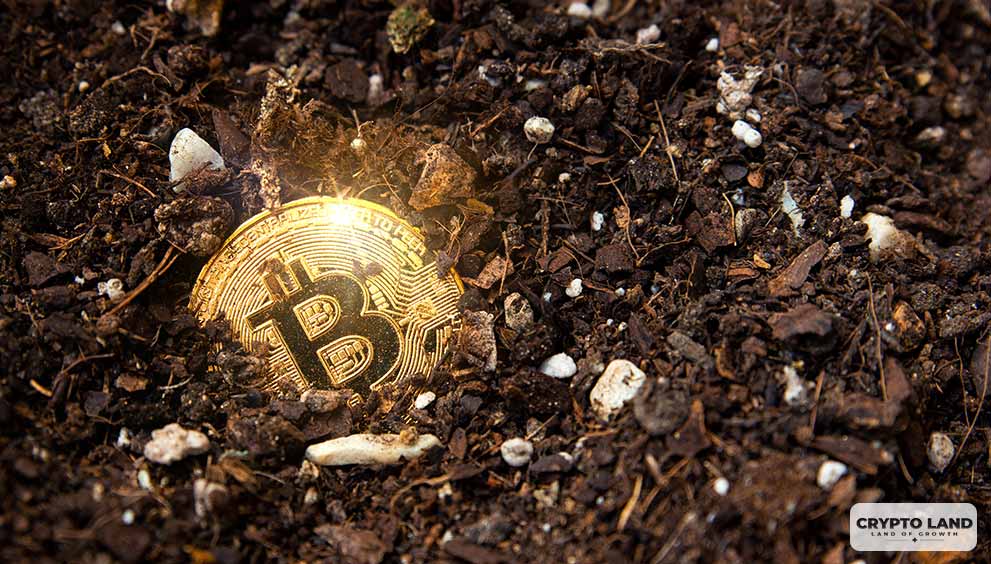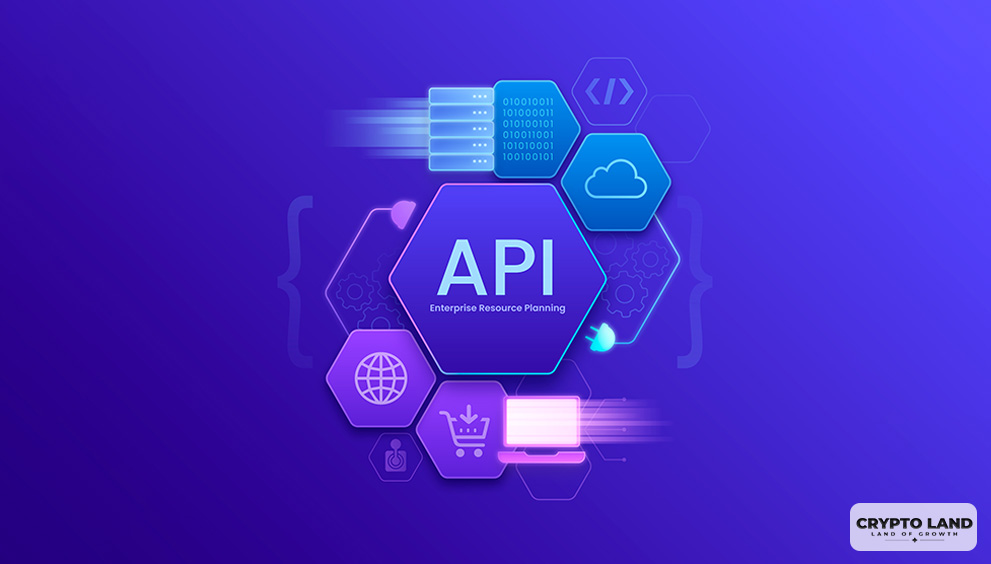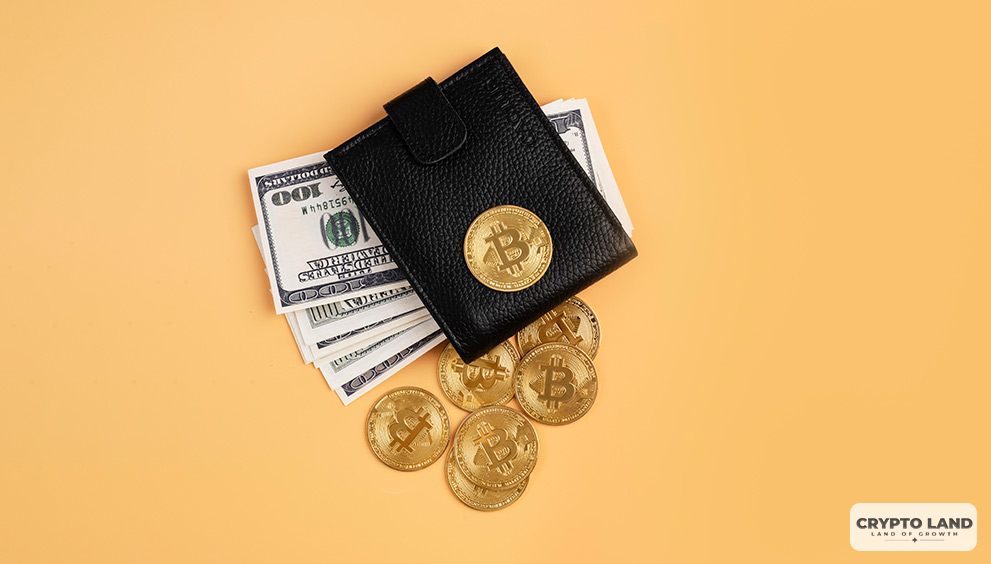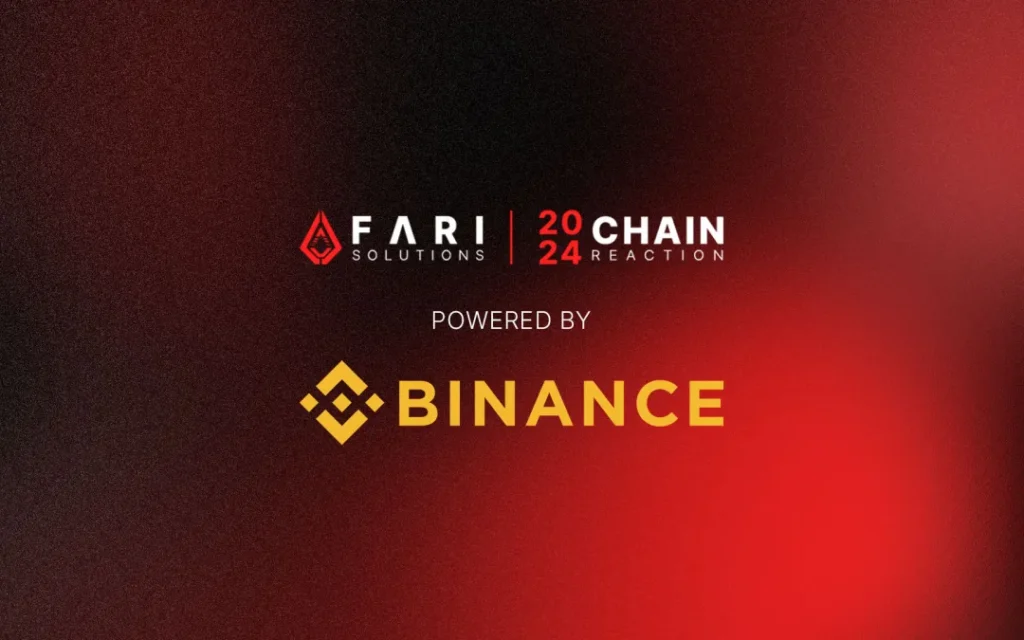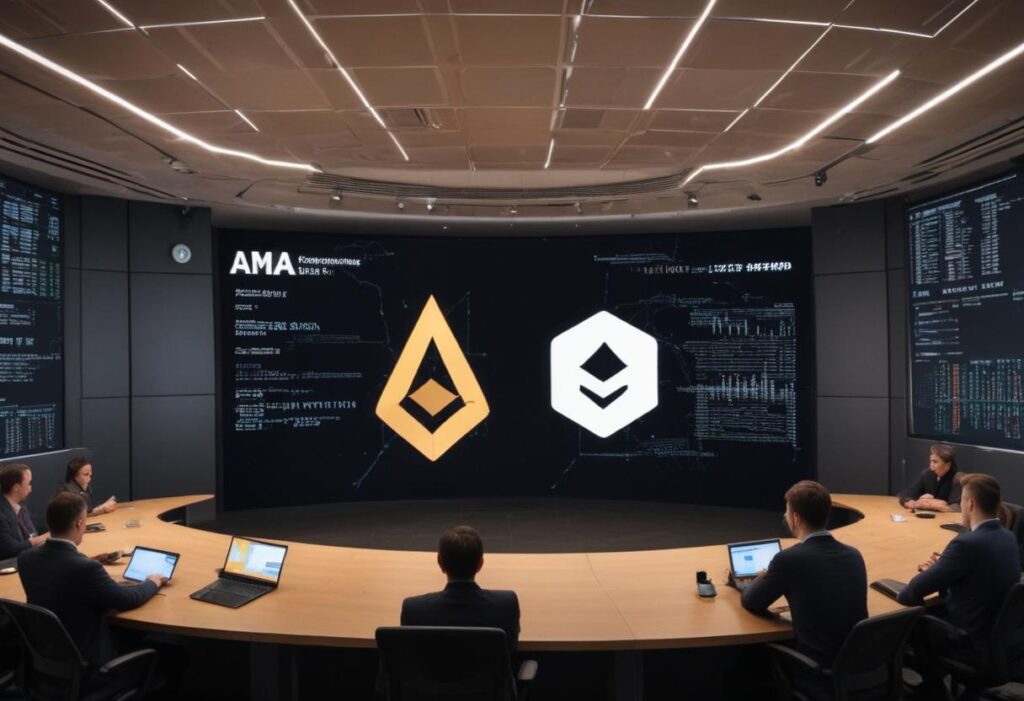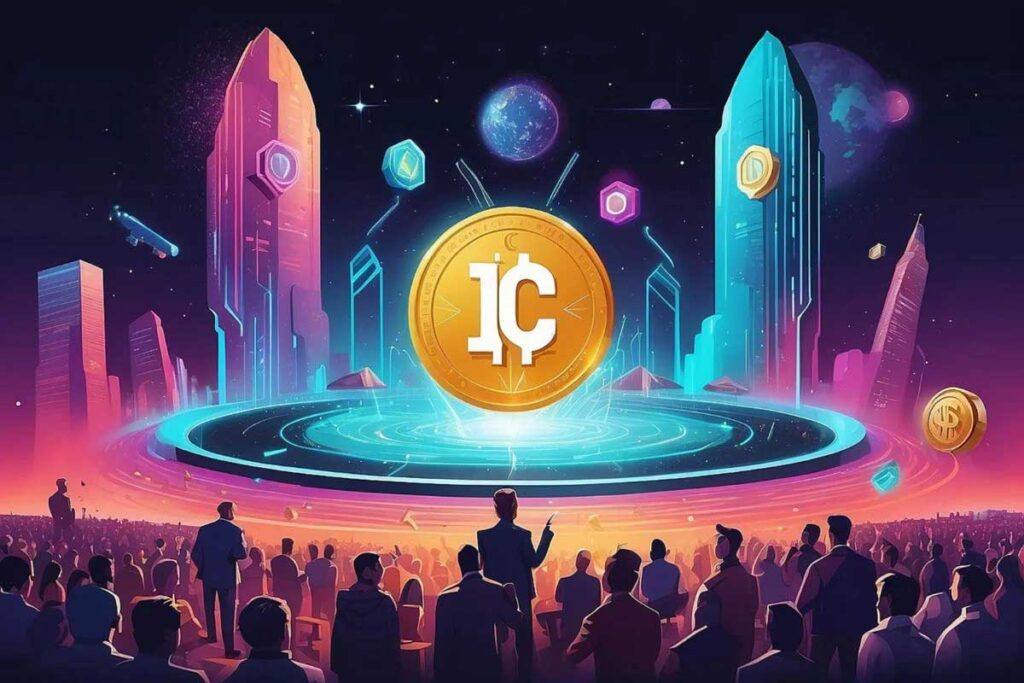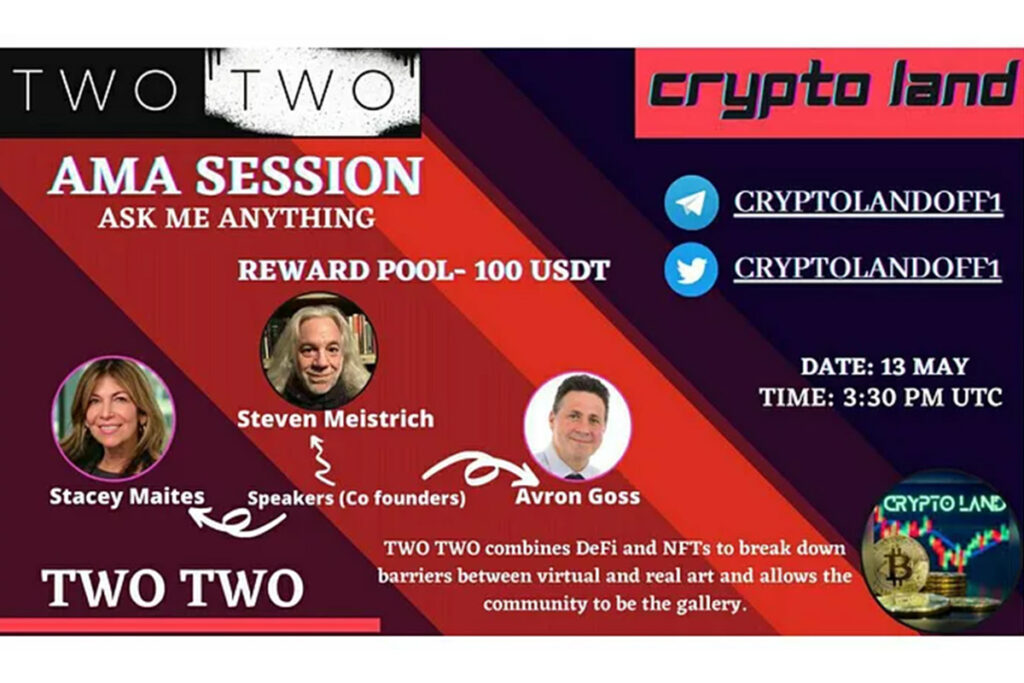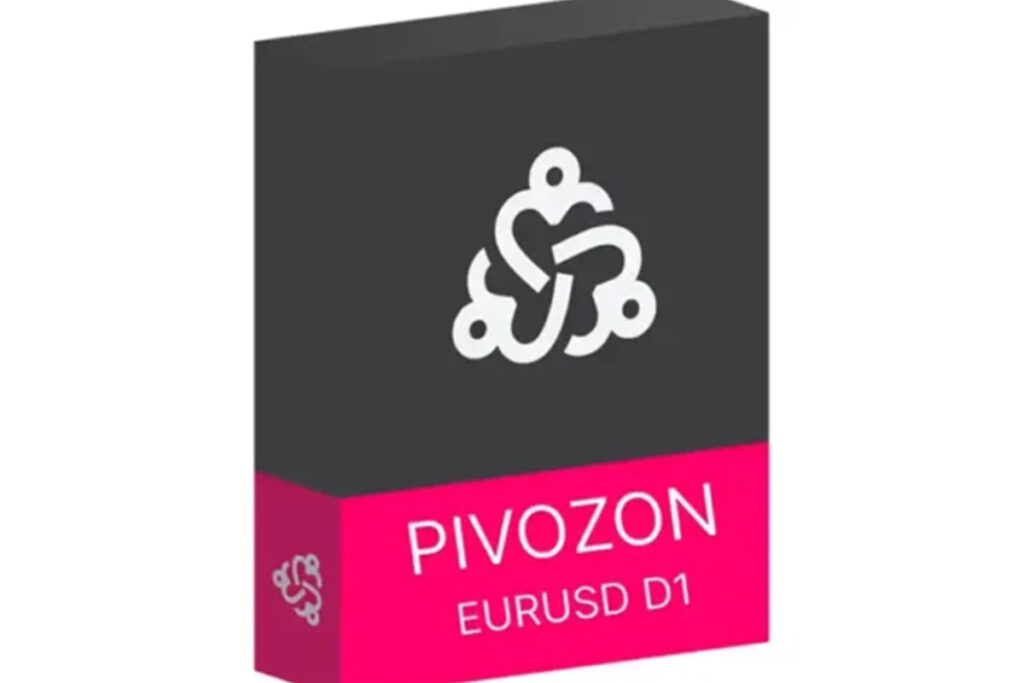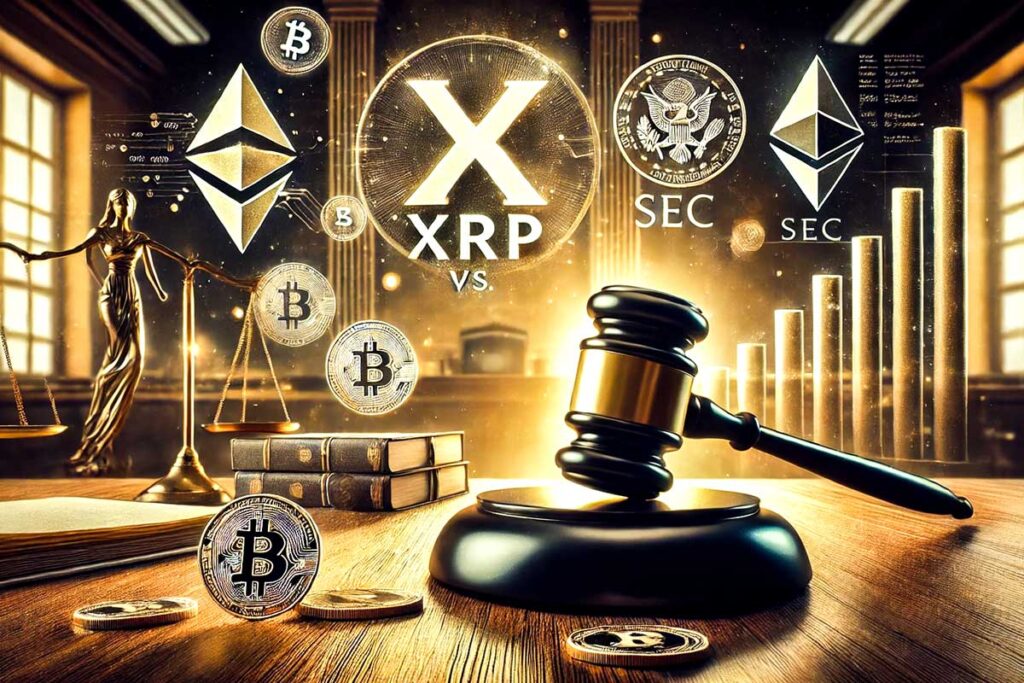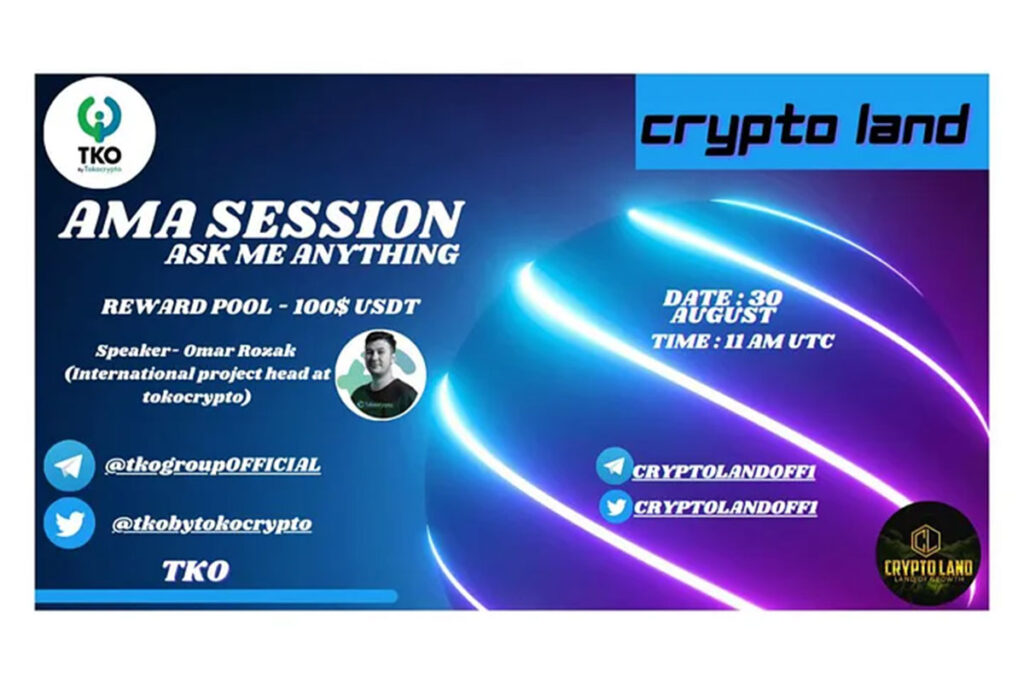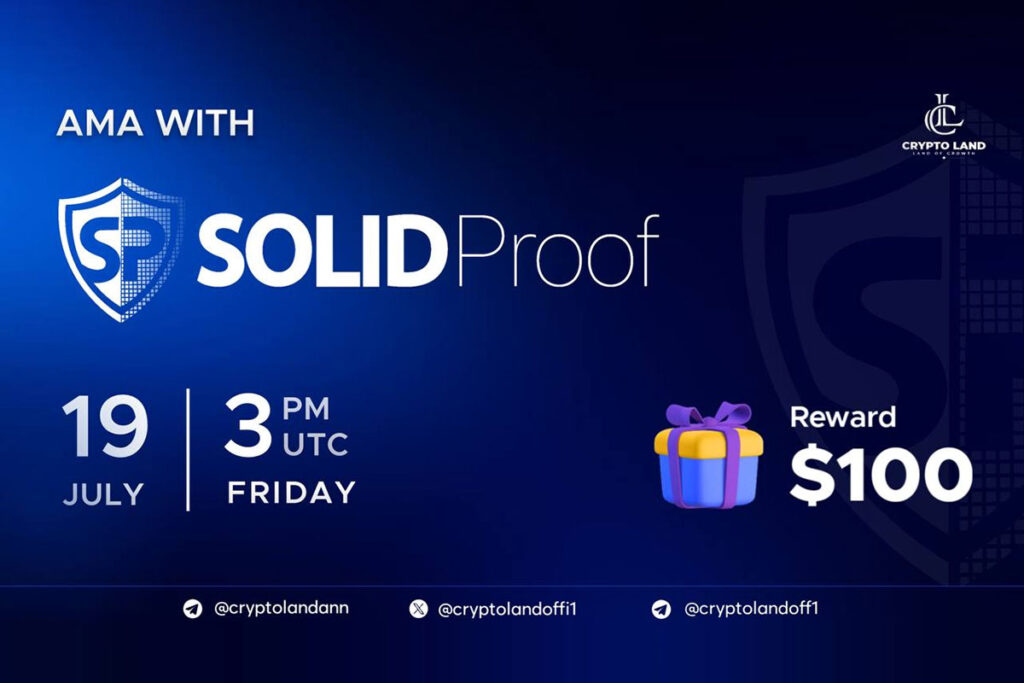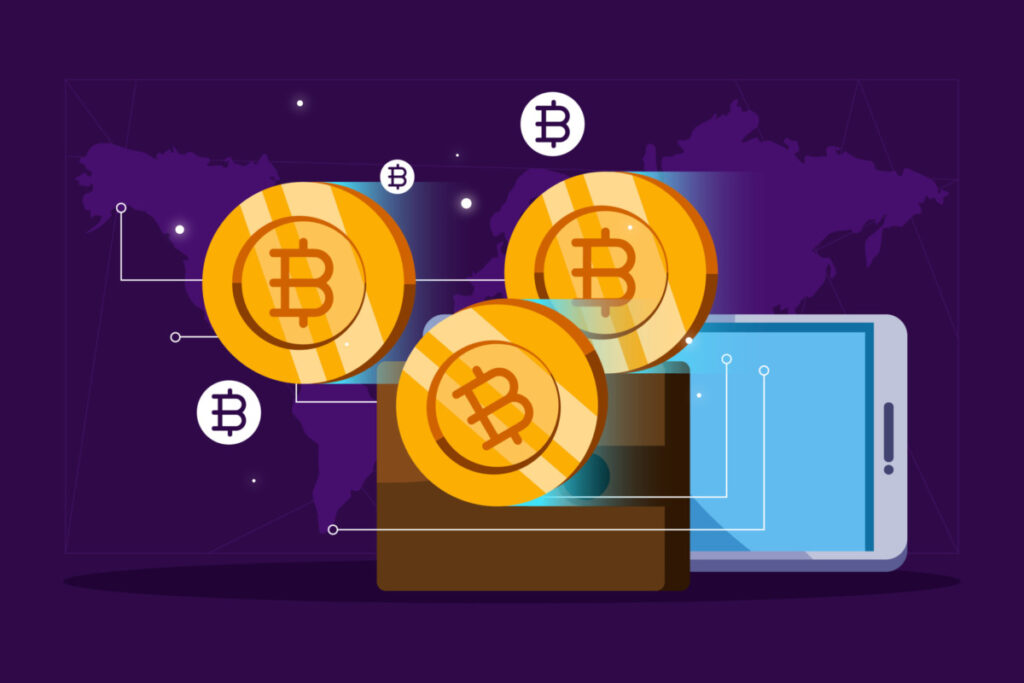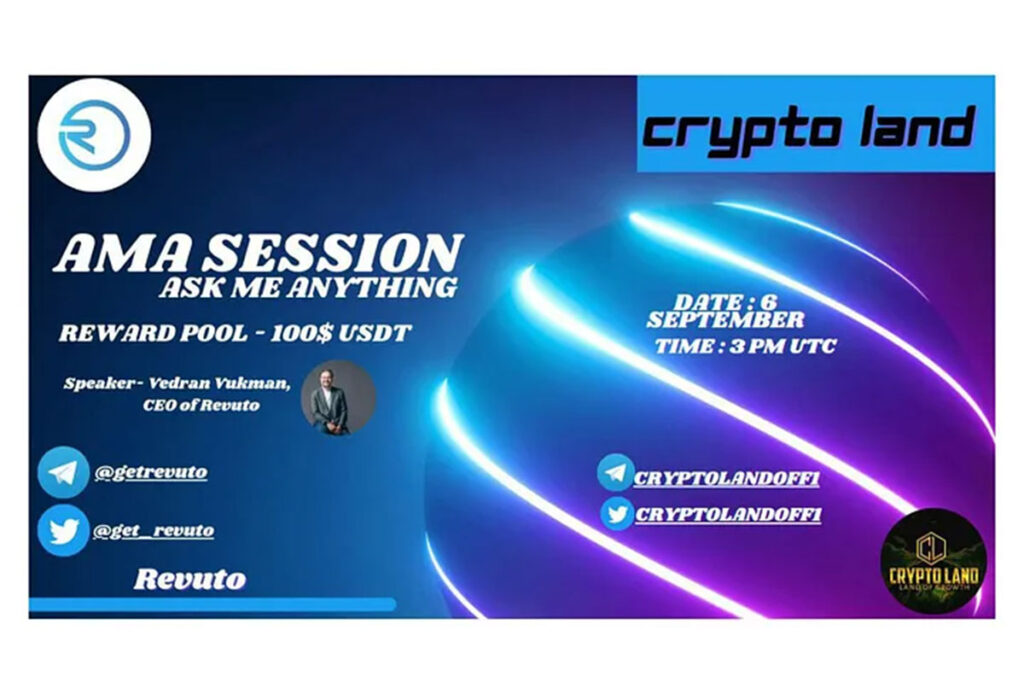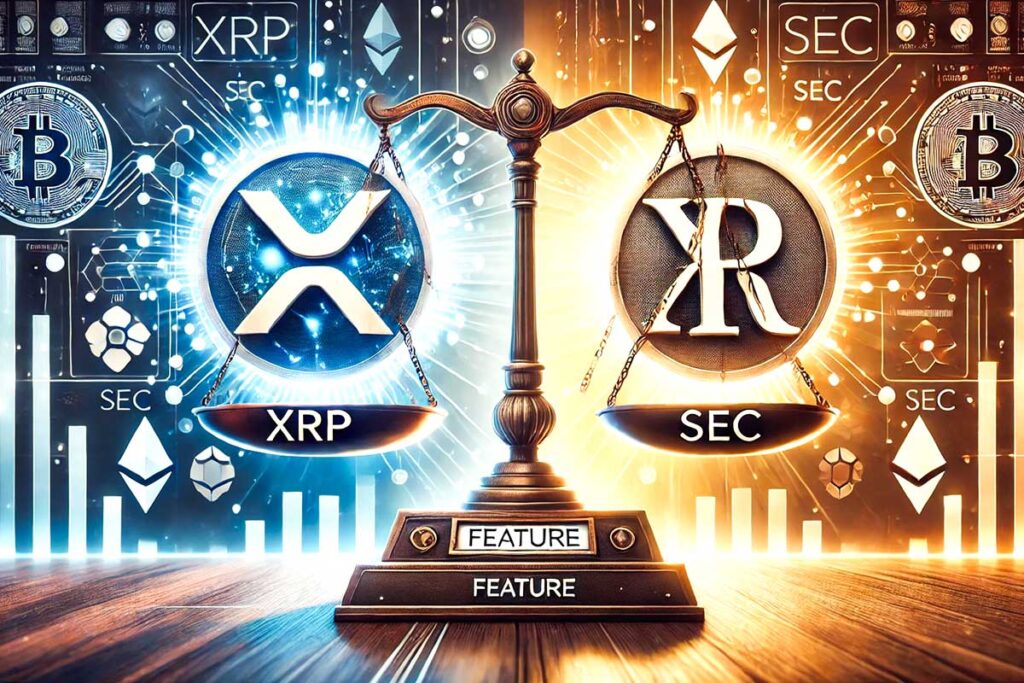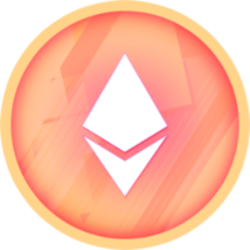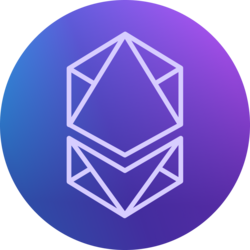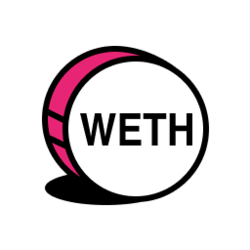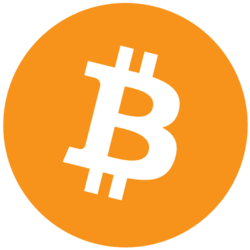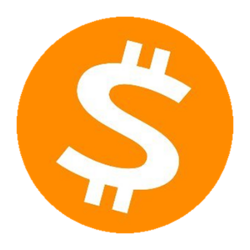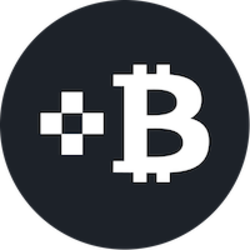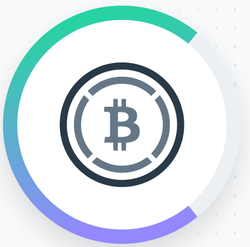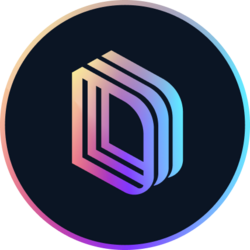Top 5 Ethereum Competitors: A Comparative Analysis

Though Ethereum has emerged as a top blockchain owing to its revolutionary smart contract technology, robust security, and its market cap, it has its own share of problems.
These problems range from slow network speed, low blockchain throughput to serious issues like severe delays in executing transactions. Further, due to the slow network speed, the gas fees often used to skyrocket.
Some solutions were implemented like the Layer-2 chains and Dencun Upgrade, yet they only address to the symptoms and not the core issue of the unsegregated network nodes.
This has led to the emergence of several highly capable competitors that address Ethereum’s shortcomings in their own way. Some address its low speed, while others take care of cross-chain asset transfers.
Further, a few offer networks that have made their blockchain suitable for day-to-day activities without compromising on security.
-
Solana (SOL)
Solana features a high-capacity blockchain that has made it a top choice for decentralized use cases like dApps and DeFi that require rapid execution and high transaction speeds. The chain has a very thriving ecosystem of dApps and DeFi protocols.
The blockchain utilizes a hybrid form of proof of stake consensus mechanism that is merged with proof of history. This mechanism enhances its security while making the blockchain highly scalable.
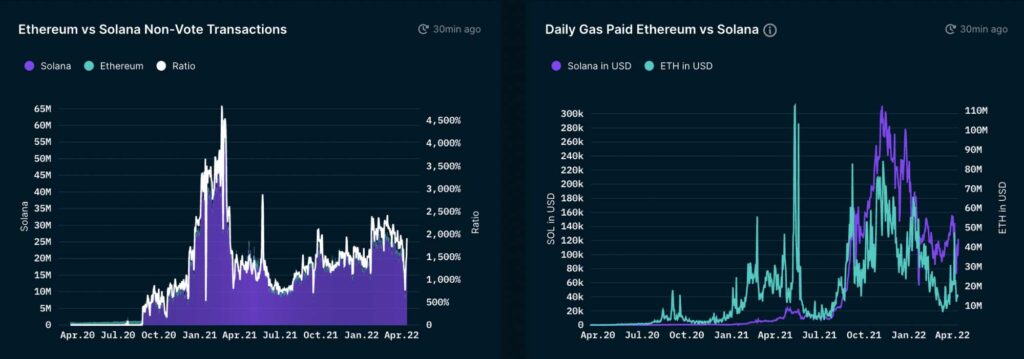
Some of its advantages include faster transactions, low fees and a strong developer ecosystem. However, the blockchain lags higher levels of adoption because it is relatively newer and has seen some blockchain congestions in the past.
More to read : Solana Unveils New Crypto Smartphone ‘Seeker’
-
BNB Chain (BNB)
The BNB Chain is an EVM-based ultra-low-fee blockchain that has a very similar architecture to Ethereum. This makes it easy for dApps, DeFi protocols, and developers in general to port their platforms from Ethereum to BNB Chain.
BNB Chain also benefits from the huge number of users on Binance who use it to store wrapped versions of almost all cryptocurrencies.
However, the risks of over-centralization and a few centralization-related security risks pose challenges to the BNB ecosystem. Yet, when we look at its benefits, the centralization makes sense. Otherwise, it would be as expensive as Ethereum. Finally, the BNB chain was not designed to be decentralized, it was designed to provide a cheaper crypto experience that can be a part of our daily lives.
-
Cardano (ADA)
Cardano is a blockchain built by Ethereum co-founder Charles Hoskinson and is supported by a strong peer-reviewed foundation. The blockchain supports multiple cryptocurrencies, NFTs, and other assets. The chain is built on the principle of environmental sustainability through its Proof of Stake consensus mechanism.
Its advantages include a strong academic foundation that supports a versatile blockchain with support for multiple assets.
However, developmental delays and a less mature ecosystem remain its toughest challenges. Another issue plaguing Cardano is the lack of its adoption. The blockchain remains in constant development mode as its founders say but to the outer world, it hardly gives any tangible benefit.
-
Avalanche (AVAX)
Avalanche has a unique parallel structure that allows a high number of transactions to be processed at once. This enables the developers to create custom blockchains that address need-specific use cases, addressing both scalability and flexibility. The blockchain has a unique consensus mechanism called Avalanche Consensus that provides strong security to the network.
The chain has a few advantages over Ethereum like high transaction throughput and customizable subnetworks. It has also a very robust security that is necessary considering the vast types of assets present on its chain.
However, its relatively later entry into the markets has slowed down its adoption. Further, it requires more expertise to work on this network than Ethereum. Both of these factors slow it down as compared to its main competitor, Ethereum.
-
Polkadot (DOT)
Polkadot features a revolutionary blockchain that is empowered by a network of sidechains called parachains. These side chains enable a quick, efficient, and robust infrastructure of interconnected blockchains that facilitate the transfer of data and assets across these chains.
Unlike Ethereum, the entire governance on Polkadot emerges from its community through on-chain governance decisions where participants can vote in a decentralized manner to make decisions.
Polkadot is plagued by its complexity which poses a challenge to its developers. This leads to a less mature ecosystem.
Conclusion
As Ethereum continues to evolve, it will witness more competition which will not only help it grow better but also play a critical role in the future of blockchain infrastructure. Each of them offers a unique benefit that is better than Ethereum. Solana gives an edge on speed, BNB subsidizes network costs, Avalanche makes it easier for projects to go multichain and Cardano gives a strong push to smart contracts capability.
However, the choice of blockchain remains with the developers based on their needs and priorities like speed, scalability and security.

Crypto Land is an impartial marketing and educational platform, not a financial advice service. Therefore any content provided, hosted, or expressed by Crypto Land does not constitute financial advice or recommendation, and as such Crypto Land will not be liable for any losses incurred during trading or investing.



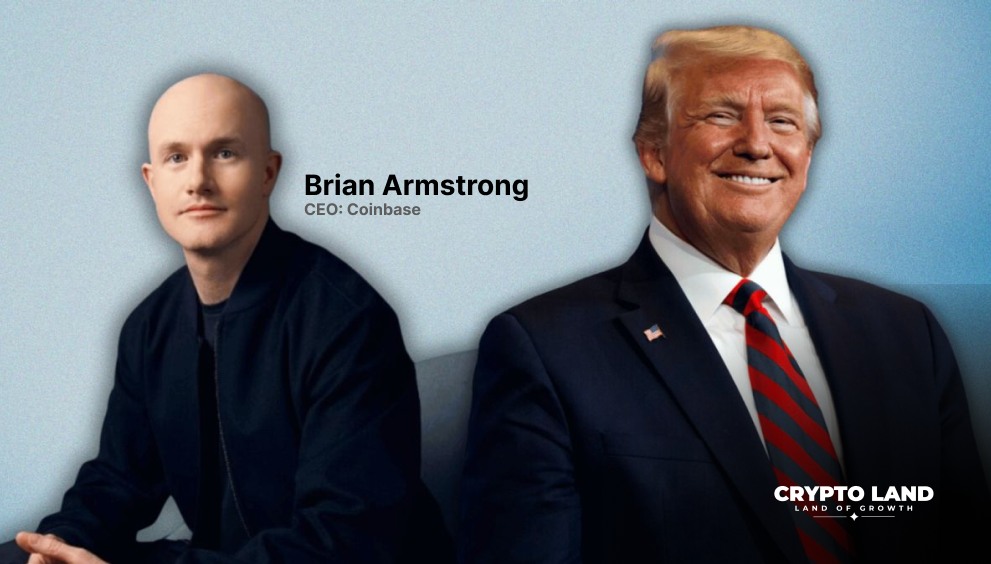




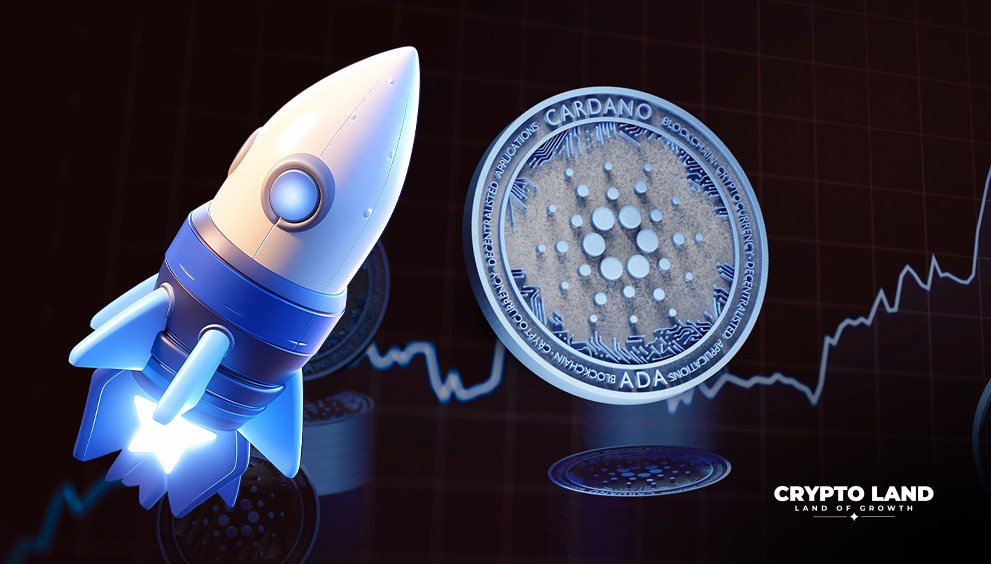
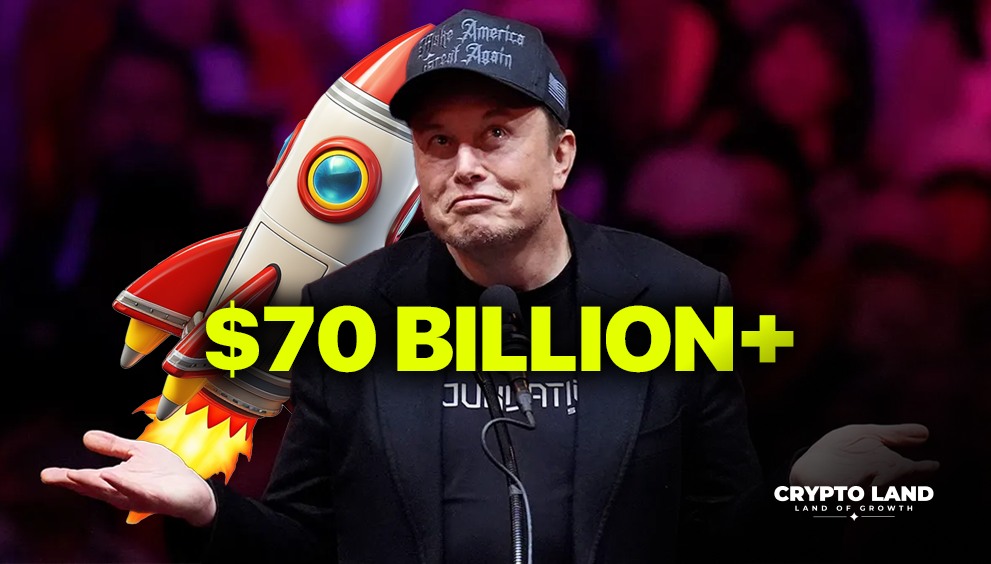

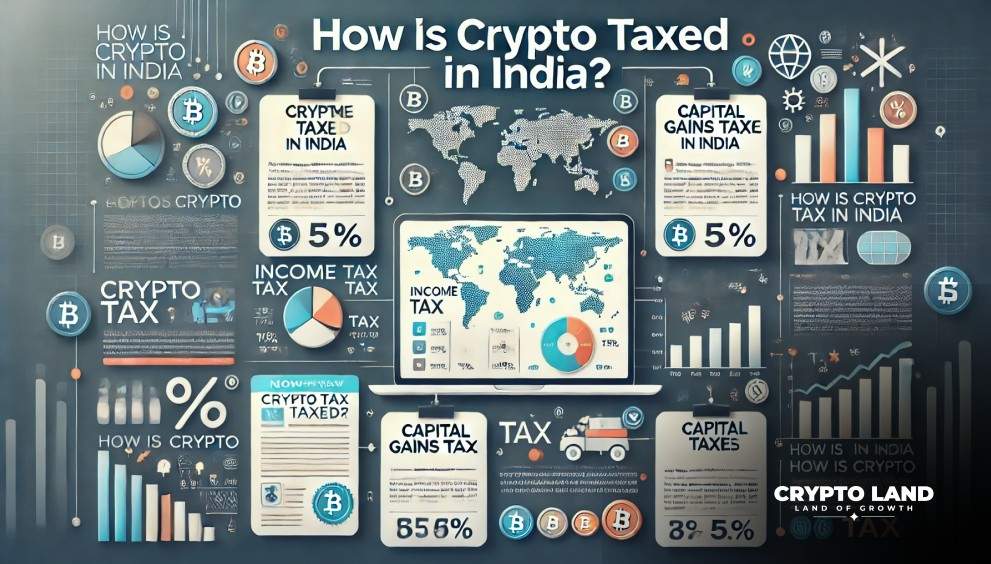

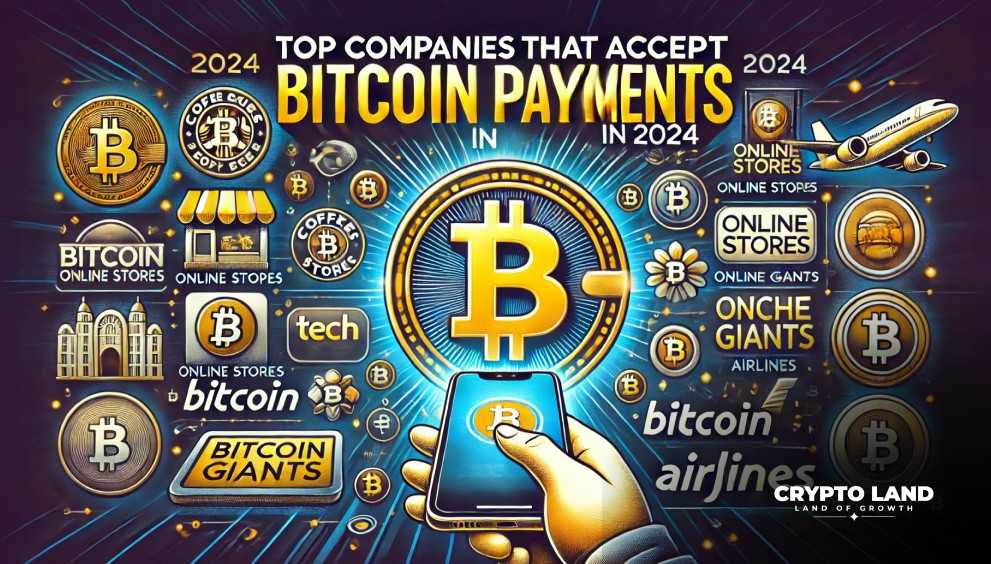

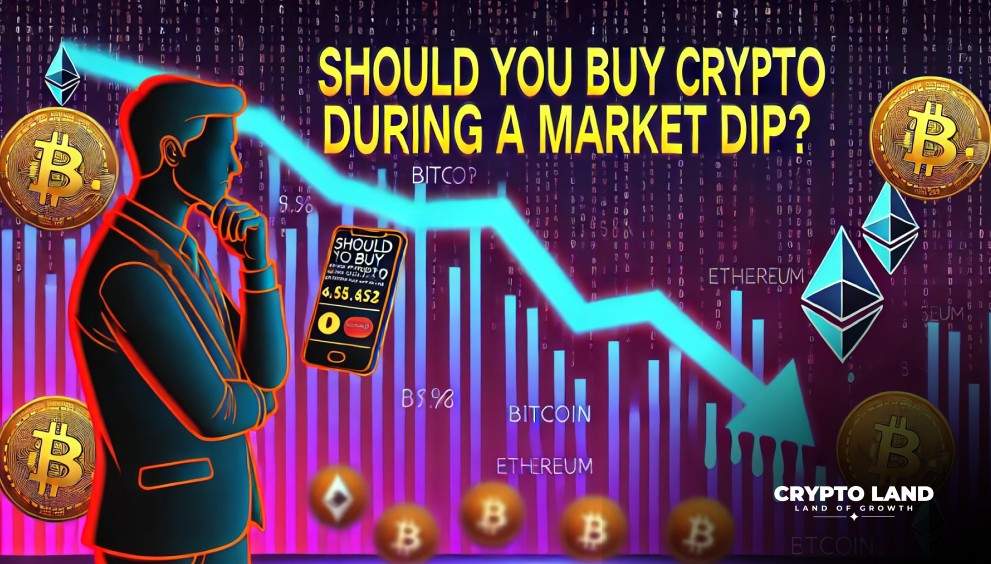





![Top Altcoins in October [2024] You Should Look Out For 20 Top Altcoins in October [2024] You Should Look Out For](https://cryptolandoff.com/wp-content/uploads/2024/10/Top-Altcoins-in-October-2024-You-Should-Look-Out-For.jpeg)








